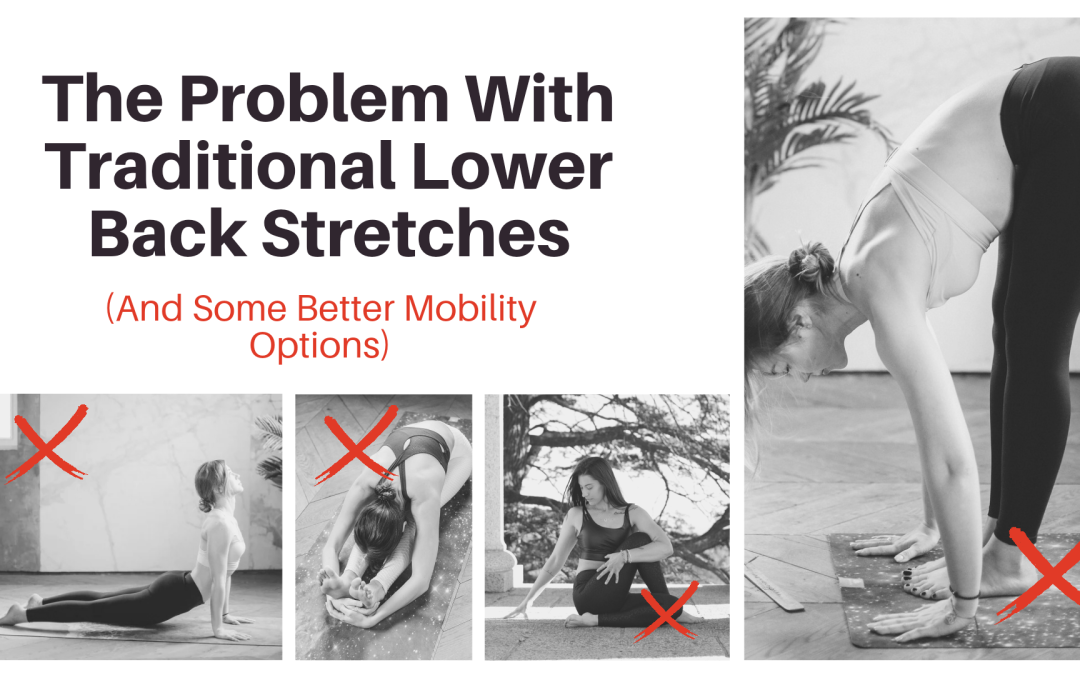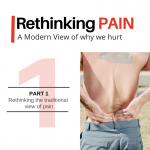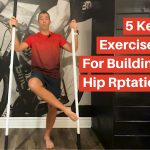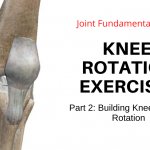The value of lower back flexibility has become a controversial and debated topic in recent years. Many therapists and clinicians even hold spine flexibility as a less desirable trait. Something to be avoided. This stems from the belief that excessive motion leads to strain and inevitable injury of this “vulnerable” area.
I don’t understand this thinking. If the lower back was not meant to move it wouldn’t have evolved to be so mobile. But it did. The spines we have today are extremely mobile for a reason. Natural selection must have favored this structure because it provided an advantage. Our mobile spine allows us to bend, lift, twist, walk, reach up overhead, or pick things up off the ground.
So to build and maintain a healthy spine we must ensure the lower back is flexible. Of couse, this basic principle applies throughout the body. But as we will see, developing spine flexibility has several unique challenges. Before we get to that though, we need to talk about just how important a flexible spine really is.
Use It Or Lose It
We know movement and physical stress is essential for tissue health. This is the use-it-or-lose-it principle. If I go to the gym and perform dumbbell curls my biceps become bigger and stronger. Cancel my gym membership and my muscles get smaller and less capable.
We are all familiar with this concept. But this principle of adaptation applies far beyond muscle strength. The same principle applies to our hear and lungs, our immune system, and the neural connections within our brain and spinal cord. And it also applies to flexibility. So if muscles and joints don’t keep moving, they won’t be able to keep moving.
Of course muscle weakness, a loss of flexibility, or difficulty walking up a steep flight of stairs relate to changes in function. These are easy to conceptualize. But what is far less appreciated is how these changes affect the body on a cellular level. Especially with respect to health and structural integrity of the spine over time.
All Tissues Need Movement
It is well known that muscles atrophy in the absence of physical loading. But the same will happen with other tissues within and around a restricted joint. For example, following joint immobilization ligaments become weaker, which can lead to joint instability and ligament failure at lower loads. The joint capsule will tighten and become fibrotic. This leads to further ROM limitations and changes in afferentation. Thinning and degeneration of articular cartilage is also seen. So contrary to widely held beliefs, thinking of osteoarthritis as a wear-and-tear disease is simply not accurate. Here we can see too little load also has far-reaching detrimental effects on joint health.
Given these findings, we can see how spine flexibility is critical not only from a functional perspective. But also to maintain tissue and structural integrity.
The Problem With Lower Back Stretches?
So if we want a flexible spine we need to keep moving the spine. And this motion needs to occur on a regular, ongoing basis. Many clinicians and therapists will prescribe various spinal stretches and yoga postures here (Fig. 1). On the surface this seems like a reasonable and effective strategy. After all, the efficacy of improving flexibility and joint ROM is well established. And this does seems to work so well at other areas like the hips, hamstrings, or shoulders.

Figure 1. Traditional lower back and yoga-type stretches create some generalized motion through the lower back. But they make no attempt to focus the movement through the individual spinal joints. Here motion will tend to occur though joints that are already mobile as opposed to more restricted segments.
But the spine is not like other areas. When we talk about a hip or knee we are referring to single-joint systems. So these areas are easier to target with traditional stretches and exercises. But we don’t have a back or lumber spine in this same way that we have a hip or knee. This spine is not a single-joint system. It is a series of individual joints connected in series. When we say the spine needs to be flexible what we really mean is that each individual joint needs to be flexible.
But traditional stretches don’t consider this. Think of a knee-to-chest or spinal rotation stretch. Or common yoga movements such as a cat-camel or child’s pose. These stretches may create some general motion through the area of the lower back. But at which joints? Where does the movement stimulus occur? The fact is we don’t know. None of these movements make any attempt to create focused or deliberate motion at the individual spinal joints. This is a major limitation of these traditional stretches.
We make an effort to target specific muscles and joints at other areas. For example, we don’t prescribe a general stretch for the arm or leg. We prescribe a stretch for a specific muscle group (the hamstrings or quads) or a certain joint motion (hip abduction). Yet we fail to adhere to this level of specificity for the lower back.
This has serious consequences as movement compensations are so common throughout the spine. So traditional lower back and yoga-type stretches will tend to occur though joints that are already mobile as opposed to more restricted segments.
Better Spine Mobility Options
So we need better mobility options for the spine. Specifically, we need stretches and exercises that better create more targeted motion through the individual joints of the spine. This is where pelvic tilts can be extremely effective.
I know what your thinking. How can pelvic tilts be he option? But these aren’t your typical or average pelvic tilts. And when done correclty these pelvic tilts can be one of the most effective motions to target the lower back.
I have written about this in depth in a previous article. So if you want to learn more – including proper form, execution, and programming. Here’s a link to the full article.







